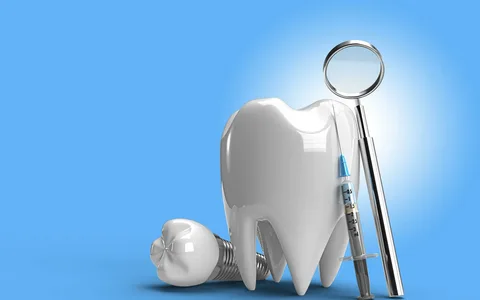Cone-beam computed tomography (CBCT) has become one of the most valuable imaging technologies in modern dentistry. Unlike traditional two-dimensional radiographs, CBCT provides a three-dimensional view of dental and maxillofacial structures, offering unprecedented detail and precision. These scans are essential for complex procedures such as implant planning, orthodontic assessments, endodontic treatments, and surgical interventions. However, the richness of data in CBCT scans can also make them challenging to interpret efficiently, especially when reviewing intricate anatomical regions.
The Role of CBCT Segmentation
Segmentation is the process of digitally separating different anatomical structures within a CBCT scan to create clear, detailed, and interactive models. This technique isolates teeth, bone, nerves, and other structures, allowing clinicians to examine each element independently. Segmentation transforms the raw CBCT data into a set of distinct, well-defined 3D objects that can be manipulated, measured, and analyzed with precision.
The benefit of segmentation lies in its ability to streamline the interpretation process. Instead of reviewing hundreds of raw cross-sectional slices, dentists can focus on specific, segmented components of interest. For example, isolating a single tooth and its surrounding bone structure can help in determining implant positioning or identifying bone density issues without visual interference from other anatomy.
How AI is Changing CBCT Segmentation
Traditional segmentation can be time-consuming when performed manually, requiring meticulous tracing and separation of structures. AI technology has transformed this process by automating much of the work. AI-driven segmentation tools can process a full CBCT scan in minutes, generating accurate 3D models without requiring extensive manual intervention. These models are exportable in STL format, making them ready for use in digital treatment planning systems, CAD/CAM workflows, and even 3D printing.
Beyond speed, AI improves consistency. Human segmentation can vary between operators, but AI applies the same criteria every time, ensuring uniform quality and reliability. This is especially valuable in multi-clinic environments where standardization is critical.
From Segmentation to Clinical Application
Once a CBCT scan has been segmented, its uses extend far beyond diagnostics. Orthodontists can visualize skeletal structures for jaw alignment analysis, oral surgeons can plan precise surgical approaches, and restorative dentists can simulate prosthetic placements in a fully accurate 3D environment. Even patient communication benefits—segmented models provide a clear visual explanation of the problem and the proposed treatment, helping patients grasp complex procedures more easily.
Incorporating ai tools for dental clinics into the segmentation process enhances both the efficiency and the accuracy of these workflows, enabling clinicians to focus more on patient care and less on time-consuming technical preparation.
Why CBCT Segmentation Matters Now More Than Ever
As dentistry becomes increasingly digital, the ability to quickly and accurately transform CBCT scans into usable 3D models is becoming essential. Segmentation bridges the gap between raw imaging data and actionable clinical insight. By isolating specific structures, dentists can make more informed decisions, reduce surgical risks, and deliver treatments with greater predictability.
With AI-assisted CBCT segmentation, these benefits are accessible in real time, allowing practices to keep pace with modern treatment standards and patient expectations. As the technology continues to evolve, segmentation will likely become a standard step in CBCT imaging, forming the foundation for the next generation of precision dentistry.
